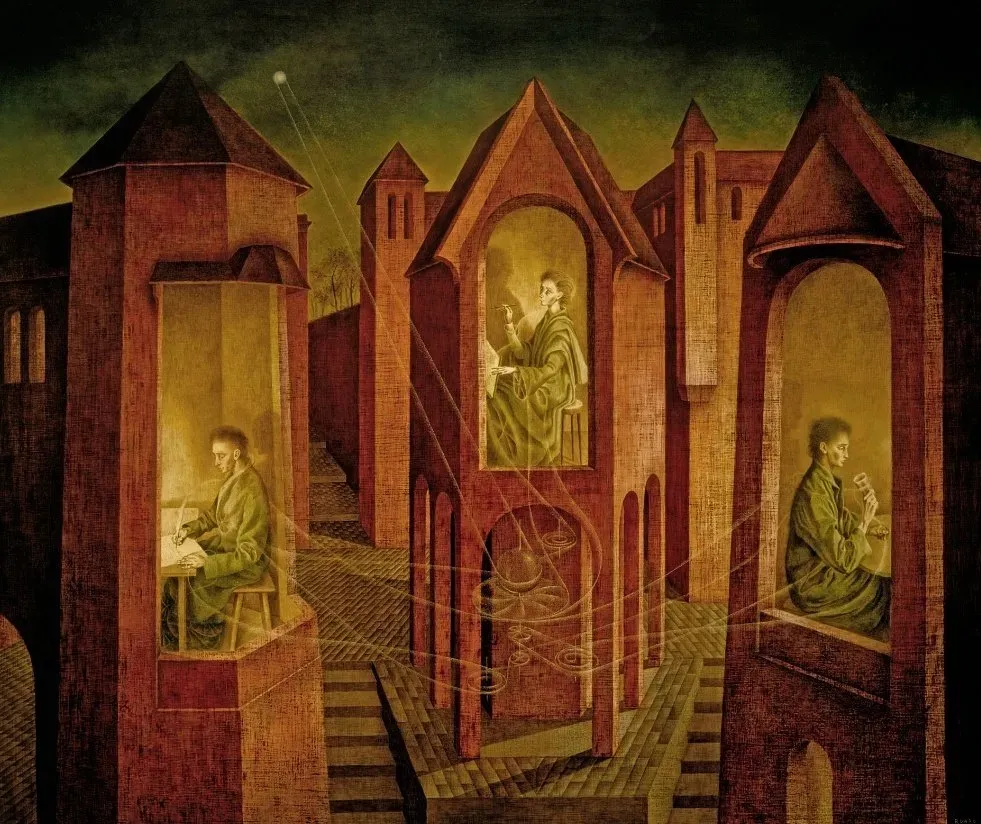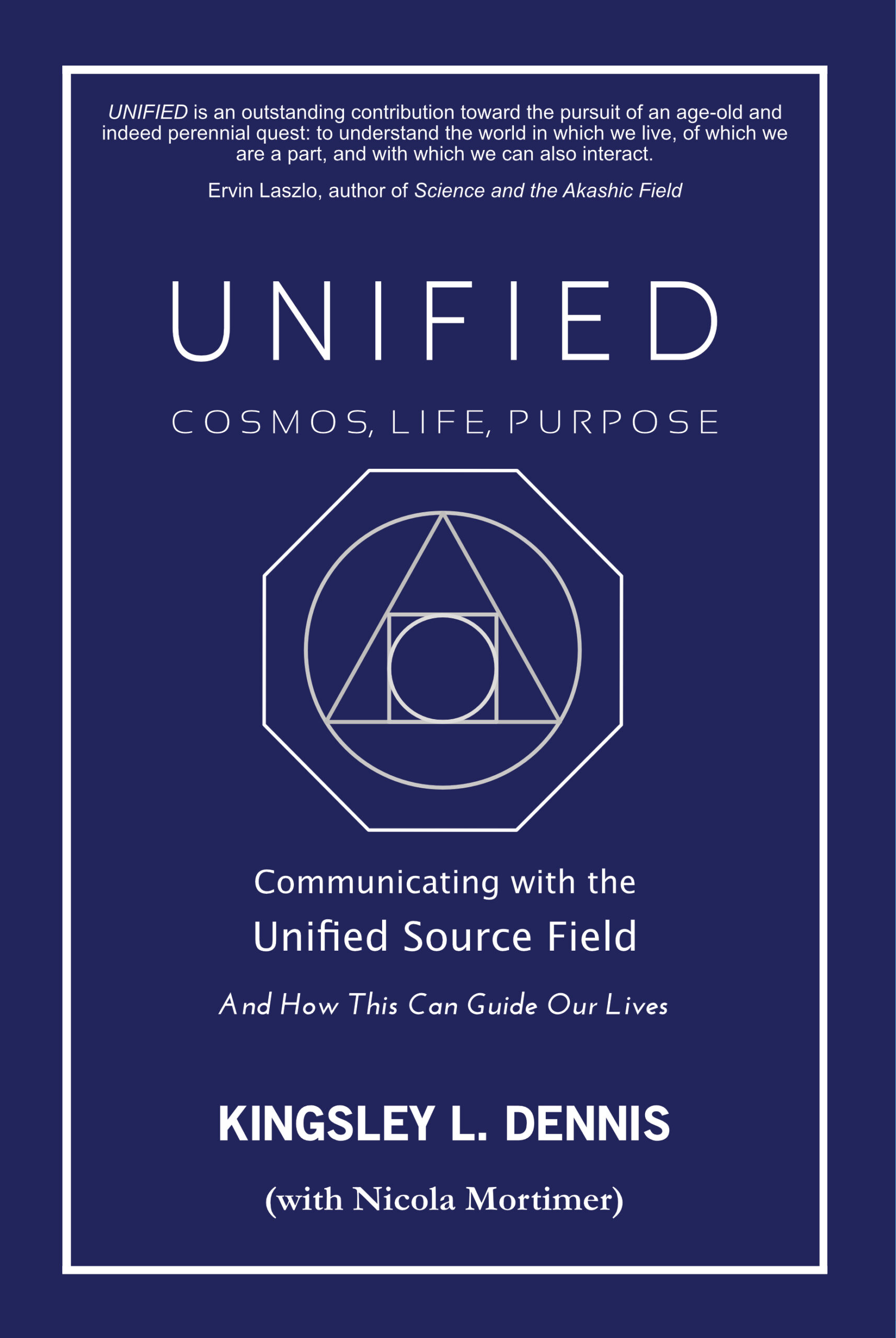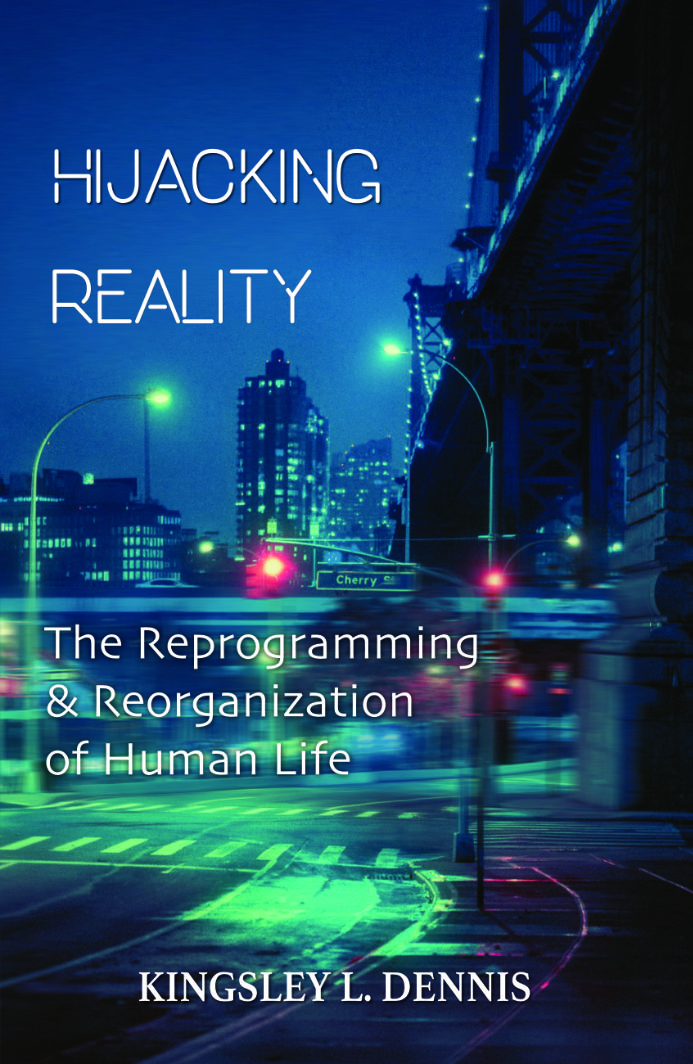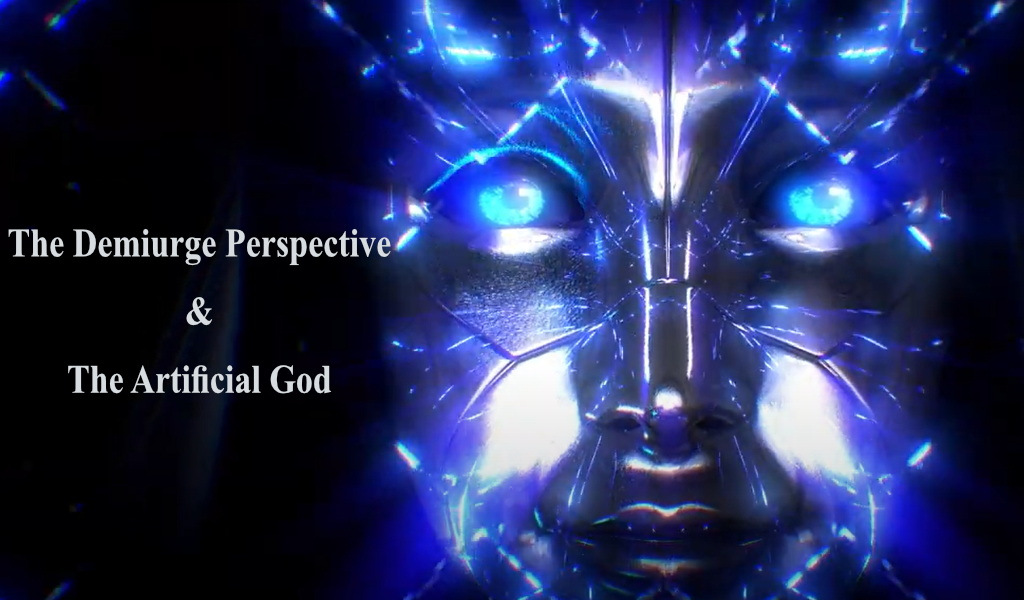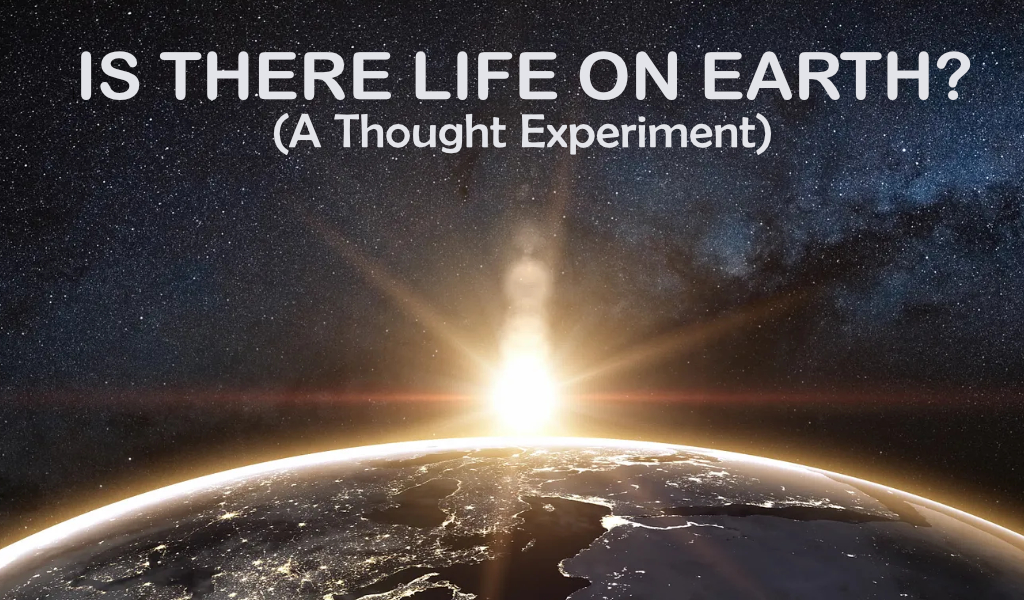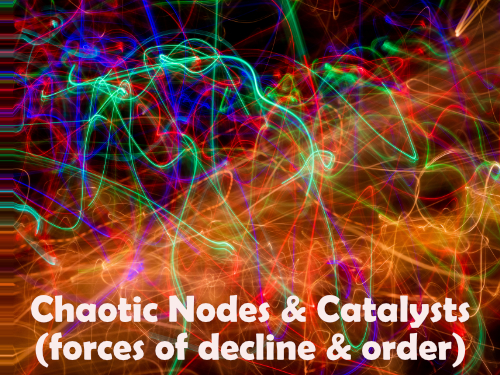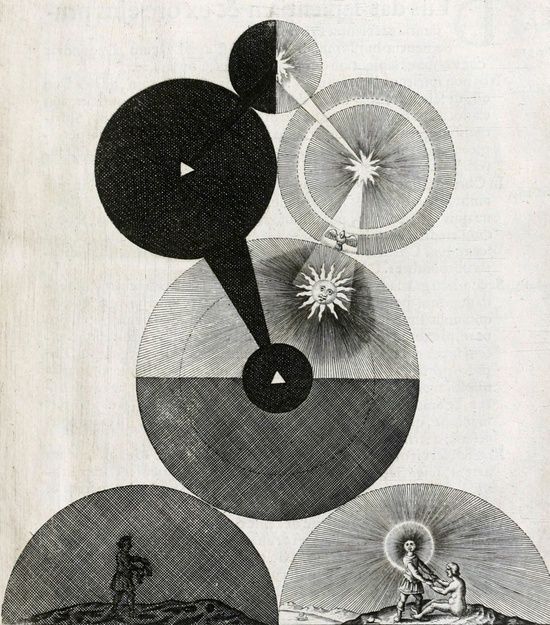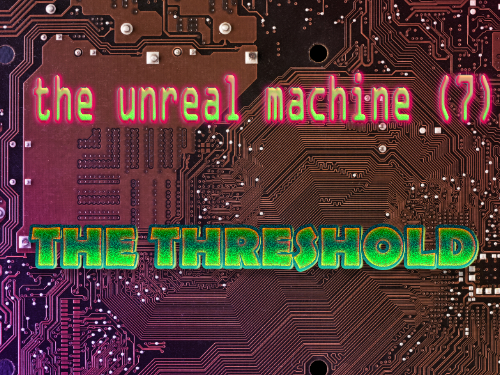‘But for those of us who have thrown off the myth of the machine, the next move is ours: for the gates of the technocratic prison will open automatically, despite their rusty ancient hinges, as soon as we choose to walk out.’
Lewis Mumford
The arrival of a mechanized society has long been a feared spectre. From philosophers (Jacques Ellul) to historians (Lewis Mumford), to humanist psychologists (Erich Fromm), the spectre and spectacle of the megamachine was ominously upon the horizon. It was feared that individual liberty within mass society would slip away from the control of the individual; the fear of losing individualism and privacy against a faceless machinic environment. The first wave of so-called progressive technology that arrived was an abundance of technique, management, and consumption. Society itself was in danger – still is in danger – of becoming the Machine. A grand overarching architecture based upon advancing technologies and governed by an elite technocracy.
These fears and anxieties still remain thanks largely to such pronouncements as have been made by Israeli historian Yuval Noah Harari. The fear of an automated future brings redundancy to human life and meaning. Recently, Harari announced that the immediate future holds little hope for a new underclass of ‘irrelevant’ and ‘useless’ people. In previous centuries, says Harari, people revolted against exploitation, oppression, tyranny, etc; now, they fear becoming irrelevant. He has stated that: ‘If we are not careful, we will end up with downgraded humans misusing upgraded computers to wreak havoc on themselves and on the world.’[i] Huge numbers of individuals will find themselves living in a society that doesn’t need them anymore – or so the prognosis goes. Yet this narrative is not set in stone. It is a prediction based upon present trends according to a world of increasing materialism, consumption, and capitalistic drives. It is a world based upon the past and the present, but not the future. And in the opinion of this author, it is a redundant projected timeline for it is not based upon the hope of the many but the greed of the few. With our present and emerging technologies, a revitalized hope can be brought to bear upon the citizens of this planet.
Hope is a vital aspect of any social change. It has been said that the worship of progress based upon present trends is an alienation of hope. Real hope for change is a state of being, an inner readiness. It is the humanization of hope that I speak of here. It is a rallying cry against the encroaching forces of dehumanization that speak loudly of transhumanism and synthetic, silicon futures. Certain groups and agencies are speaking about a Fourth Industrial Revolution and yet their visions are based upon machines, mergers, economics, and efficiency. They do not present a human-centric future but one where a new industrial, automated future makes an allowance for the human being but only as periphery to the primary race of great technological change. This de-centering of the human being from the core of life is a grand mistake and misplacement. The future shall be human, or it shall not be. A humanized technology is what is required for taking humanity further into the 21st century. Otherwise, a great misbalance may occur between human relations and the world we find ourselves within.
Contrary to a humanized technology is a dehumanizing one; that is, a tech-architecture and ecosystem of non-visible codes, algorithms, and machinic intellect that makes decisions upon which depends the freedom and quality of life of the individual. This unseen and almost ungovernable dependency is alienating, disquieting, and apathetic to the human condition. Any future technologized human civilization needs to redefine the ordering and organizing potentials of technology into facilitators, assistors, and a secondary management architecture (rather than as the primary management system). In other words, the technological architecture is to be fully decentralized and assisting humans from the background, upon request; and within industry to facilitate human working conditions. Technology should never be a substitution to a human life, but an enabler of human needs and potentials. Furthermore, a humanized technology is one that supports and assists the egalitarian nature of human society as opposed to instigating and sustaining hierarchical, elite societal stratifications. A humanized technology can only be a unifier and never a divider or segregator. Efficiency within humanized technology is never at the expense of the individual or the quality of their life but is an amplifier of these in support of human well-being. Efficiency and economy have become dirty words within the present-day technological society. When we think of such concepts we are reminded of cold, dry mechanization and scientific management principles. Until now, technology has not been sufficiently aligned to the needs of the changing human condition upon this planet. We need a new relationship to our devices, our digital networks and digital assistants, before we end up being compelled to adapt to this machinic environment rather than it adapting to a human one.
Any sufficiently advanced species visiting this planet could be forgiven for thinking that a terraforming project is underway for adapting the planet Earth for a machinic intelligence or A.I. form of species. The highly dense electromagnetic environment, the masts and antennas, the cameras and surveillance systems, the monitoring satellites, etc., etc. In 1987 the English poet Heathcote Williams published his epic poem ‘Autogeddon’ about the impact of the automobile. In it he wrote:
If an alien was to hover a few hundred yards above the planet
It could be forgiven for thinking
That cars were the dominant life-form,
And that human beings were a kind of ambulatory fuel cell:
Injected when the car wished to move off,
And ejected when they were spent.[ii]
The same can be said for the world of today if we replace ‘car’ with ‘technological infrastructure.’ Only the object of containment has changed; yet the subject of the containment has remained the same. If humanity is to transform itself from being ‘a kind of ambulatory fuel cell’ within the megamachine, then we need a recalibration of what technology means for human life.
The organization of human life is about quality rather than quantity. This needs to be programmed into the ‘intellect’ of our technologies. The attraction of automated convenience does not necessarily speak to our quality of life. Furthermore, convenience does not speak of contact and communion. In these years ahead we shall be redefining what it means to be a human being. We shall also be asking ourselves on what the social contract is – and we will need to deal with the new digital elephant in the room. Our social contract will have to become expanded to include our technological assistants and even perhaps the new denizens of A.I. (Artificial Intellect). What it means to be human, and the human social contract, will most likely need to be redefined within the coming years of civilizational readaptation.
Upshifted Relationships with Technology
A new orientation is in the making as humankind steps across the third decade threshold of the third millennium. The infantile obsession with our new toys and gadgets will need to be put aside, or put down, as we step into an adolescent phase. A renegotiation will be required so that the promises that technology holds for the human race can be brought to fruition rather than lingering within the infantile stage of centralization, control, censorship, conquest, and craving compulsions. A humanized technology plays a supporting role rather than a dominating one and does not seek to place human civilization within a cage of instrumental power. A humanized technology acts as a custodian to the adaptive needs of the human being. It does not devise means of subtly and slyly nudging and steering the individual into expected outcomes through a biased digital architecture. Nor does it seek to make gains from the individual’s privacy, data, or any other personal information as has been well documented within the world of surveillance capitalism.[iii]
In the coming years, humanity will no doubt seek a form of transcendence to go beyond certain social rituals and practices that are becoming redundant due to the welcomed arrival of specific forms of automation. The relief from particular forms of manual labour, as well as other types of monotonous work, can bring the average person out of a vicious cycle of dependency and allow new freedoms and creative explorations. New avenues of economic management can establish different roles for workers and release them from past drudgery. Young children can learn programming and coding skills so that they become their own architects of the future. A new generation of programmers that have ethics as a principal moral code that then becomes coded into the intellect of the machines. Yet this all assumes a move away from top-down corporatization and governmental censorship over technology, its patents, exploration, and utilization. And this presupposes a shift in human consciousness itself. Technology is a mirror to the human condition. It reflects us back to ourselves: our preoccupations, dreams, desires, and visions. If certain incumbent belief systems and ways of thinking are not transcended, then there is the danger that technologies will come to reflect the infancy of human thinking. We shall need to elevate our capacity for envisioning and truly wanting the values of compassion, collaboration, connection, and conscious awareness if we wish our technologies to assist us in transitioning to an upshifted future. If humanity becomes more aligned with a human-centric, value-driven future, then our technologies will reflect this. There is not one without the other. Humankind is in symbiosis with its creations and must be the ones to first set the moral, ethical, and conscious example. The rest will follow.
We can have a world of information, diagnoses, analyses, contact, and much more, at our fingertips. We can become more homo sapiens (wise) as well as homo ludens (playful). Wisdom and joy can become an integral part of our technological engagement if we can get the balance right. Our digitally assisted explorations into the farthest depths of space and sea; investigations of climate and environment; and engineering marvels and architectural splendours, can steer us forward into new insights. The human being alongside technological assistance can envision and construct a world currently beyond our imaginations. It can be done. But only if the right path is taken at this juncture in our human story. We are at a most critical and important time for the future of the human species – we are entering into a merger with another form of intellect. And in this, we need to ensure that the form, manner, and style of intelligence across the planet remains primarily organic based. Planet Earth is in coherence with organic life, and it would be unnatural to demote organic intelligence in favour of an artificial form of intellect. That is why this essay speaks of the hope of a humanized technological future. The primary concern has to be for the well-being of organic life on the planet, as well as for the planet itself. Present and future economic investments, alongside human efforts, time, and focus should be aimed at developing and establishing a technological environment that assists in liberating humanity from the chores and tasks of previous dependencies. This liberation can then trigger a new explosion in creative industries, imaginative explorations, and innovative pursuits hitherto not made possible for economically indentured societies. This could lead to a cultural renewal appropriate for laying the groundwork for a 21st century planetwide yet decentralized human civilization. A human civilization that is free from the shackles of outdated belief systems, power/control structures, and hierarchical greed.
Yet this liberation also requires a liberty of mind, body, and consciousness. We do not need to become cyborged or transhumanly tweaked. Neither do we necessarily need to implant devices inside of our bodies. These are fashions and consumer conveniences that we have been led into believing will better our days. Yet we can move beyond this ritualistic and immature thinking into a new era of technological comprehension, collaboration, and closeness. We can transcend ourselves through the inner world of the human being whilst orientating our outer world through a technological partnering. A partnership that is balanced, in harmony and equilibrium, and not overseen by a small, elite, technocratic group. A humanized technological future must be egalitarian and offer broad-ranging opportunities for all, regardless of class or social identities. In short, the only certifiable technological future is one that unifies rather than divides; promotes development and not alienation; and compels individuals to greatness rather than apathy. There is hope for a future of humanized technology, yet the consciousness shifts need to be occurring now so that the groundwork can be laid with appropriate values, ethics, and equitable vision. These are amongst the upshifts that can be promoted and shared for the world of today so that they may illuminate the world of tomorrow.
Endnotes
[i] Harari, Yuval Noah (2018) 21 Lessons for 21st Century. London: Jonathan Cape.
[ii] This poem was originally published in Whole Earth Review, Fall 1987: 26-29. Available online: http://cfu.freehostia.com/Members/colin/autogeddon/
[iii] See Surveillance Capitalism by Shoshana Zuboff

